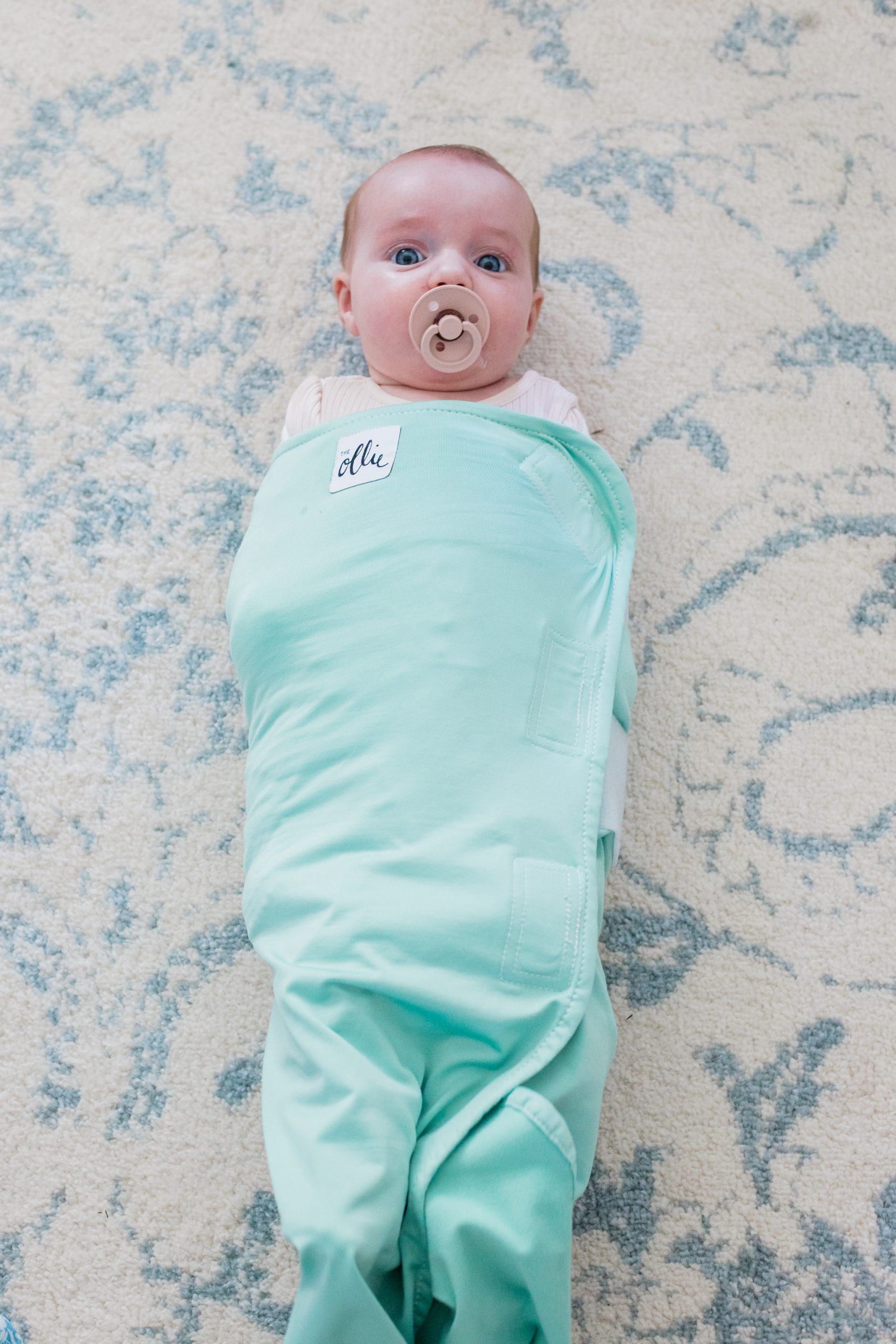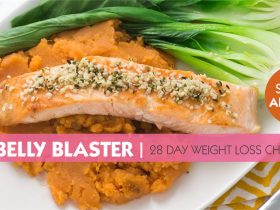Choosing an infant formula for your baby, especially after the recent formula recalls and shortages, can be confusing! Every baby and their needs are different – and their formula should reflect that. But what’s a good way to choose an infant formula? Read to find out more about Bobbie organic infant formula in comparison to Similac infant formulas (Bobbie vs. Similac comparison charts below).
The DL on Infant Formula (Bobbie vs. Similac comparison charts below)
All infant formula MUST meet certain standards and contain certain ingredients to be labeled as an infant formula. You can read more about the standards here and rest assured that no matter what formula you choose, it will meet the nutritional needs of your baby. Always check with your healthcare provider if you have questions.
Bobbie Infant Formula
Bobbie baby formula is USDA certified organic, Kosher and American made with locally sourced dairy. Their European-style infant formula earned the Clean Label Project Purity Award and Pesticide Free Certification. What’s more – it’s made by MOMS! Bobbie formula launched in 2019 with a bang and is committed to their customers through a subscription base. Select stores also carry Bobbie (now including Target!). Bobbie infant formula is manufactured by Perrigo, a leading company in self care and medical products that has been safely manufacturing baby formula for 25+ years. Bobbie currently offers one type of formula on the market and is not available through WIC.

We love Bobbie formula at Bumblebaby! Not only is their product amazing, but we love the purpose behind their brand campaign – normalizing formula feeding and nourishing your baby in a way that’s best for your family. Read more in our blog posts here and here.
Similac Infant Formula
Similac baby formula has been a staple of infant formulas for decades. Similac is owned by Abbott Laboratories, who also produce over 75 variations of infant formulas (including hypoallergenic and specialty formulas) and other pediatric nutrition products. Similac is available through WIC. Earlier in 2022, the FDA released a recall of many Similac infant formulas due to infant sickness and deaths. Please check the FDA website and Abbott website for the latest information and contact your provider if you believe your baby has been affected by the recall.
 The Basics
The Basics
All infant formulas are comprised of a blend of proteins, fats, and carbohydrates.
Protein ratio in baby formula:
Protein is an essential component of infant formula. Most infant formulas contain whey and casein— two proteins used in varying ratios, depending on which formula you are using.
- What is whey?
- To put it simply, whey proteins are those that remain in liquid form during digestion. When your baby spits up and it’s watery – that’s whey! Because whey remains liquid, it empties the stomach more quickly than casein.
- What is casein?
- Casein is the protein that curdles during digestion – and what you may see as the more solid, curdled looking part of your baby’s spit up. Because of the density and nature of casein, it takes longer to empty the stomach.
Fat Blend in baby formula:
Fat is an essential component of infant formula because it provides your baby’s body healthy fatty acids to grow and survive! All infant formulas have a fat blend (fat blends vary). Sometimes, the fat blend can be the culprit for constipation – read more here on my blog post about constipation.
Carbohydrates in baby formula:
Carbohydrates (aka sugars) are an important energy source for infants. Carbohydrates are found in breastmilk as well. Carbohydrates you may see in formula include lactose, maltodextrin, corn syrup, brown rice syrup, corn syrup solids, and/or sucrose.
The Nitty Gritty
Let’s compare Bobbie and Similac baby formulas – ingredients, qualities, and cost:
Bobbie vs. Similac Advance and Similac Pro-Advance vs. Similac 360 Total Care
The Takeaways:
All Similac formulas listed above as well as Bobbie are lactose based formulas with intact proteins (aka cow’s milk based and not hypoallergenic). The fat blends are all relatively similar.
Bobbie is the only organic formula listed (see organic Similac formulas below). Bobbie, Similac Pro Advance and Similac Total Care are non-GMO as well.
Most mature breast milk contains a whey to casein ratio of 60:40. Bobbie’s whey to casein ratio is also 60:40 – which means that it’s digested similarly to how breast milk would be digested. All Similac formulas listed above have a whey to casein ratio of 48:52 – which basically means there is less whey (the protein that’s watery and quickly digested) and more casein (the protein that takes longer to digest). The whey to casein ratio is something to take into account if your baby tends to spit up more, then you may want to consider a formula that is higher in whey.
Price per oz:
Bobbie: $1.86
Similac Advance: $1.08
Similac Pro Advance: $1.08
Similac Total Care: $1.10
Bobbie Organic vs. Similac Organic and Similac Pure Bliss
The Takeaways:
All formulas listed above are comprised of intact proteins, non-GMO and lactose based from milk from grass-fed cows. The fat blends are all very similar.
Similac Pure Bliss is not organic, while Bobbie and Similac Organic are.
What stood out to me was the large difference in the whey to casein ratios for Bobbie vs. Similar Organic. We know that most mature breast milk contains a whey to casein ratio of 60:40. Bobbie’s whey to casein ratio is also 60:40 – which means that it’s digested similarly to how breastmilk would be digested. Similac Organic has a whey to casein ratio of 18:82 – this is a huge difference in digestion. Similac Organic is almost solely casein – which would stay in the stomach much longer than whey, and much longer than Bobbie or Similac Pure Bliss (whey to casein 42:58), which may be something to consider if your baby is struggling with constipation or spit up.
Price per oz:
Bobbie: $1.86
Similac Organic: $1.08
Similac Pure Bliss: $1.08
Bobbie vs. Similac Sensitive and Similac Pro Sensitive and Similac Pro Total Comfort
The Takeaways:
Bobbie is the only organic formula listed.
Similarities between formulas include that they are ALL non-GMO and the fat blends are very similar.
The big differences here are the carbohydrate sources as well as the whey to casein ratios.
As for carbohydrates, Bobbie is lactose based and would not be suitable for lactose sensitivity. The Similac formulas listed above would be suitable for lactose sensitivity since the carbohydrate sources are corn syrup, sugar and maltodextrin (not lactose).
Again the whey to casein ratio for Similac Sensitive and Similac Pro Sensitive is 18:82 – this is a huge difference in digestion and is almost solely casein – which would stay in the stomach much longer than whey, and much longer than Bobbie. This may be something to consider if your baby is struggling with constipation or spit up. Similac Pro Total Comfort is 100% partially hydrolyzed whey, which would lead to the fastest stomach emptying of the formulas listed above.
Price per oz:
Bobbie: $1.86
Similac Sensitive: $1.17
Similac Pro Sensitive: $1.23
Similac Pro Total Comfort: $1.25
Bobbie vs. Similac For Spit Up and Similac Similac Pro Total Comfort Sensitive
The Takeaways:
Bobbie is the only organic formula listed.
All formulas listed are non-GMO, have intact protein (are not partially hydrolyzed) and have a similar fat blend.
The big differences here are the carbohydrate sources as well as the whey to casein ratios.
As for carbohydrates, Bobbie is lactose based and would not be suitable for lactose sensitivity. The Similac formulas listed above would be suitable for lactose sensitivity since the carbohydrate sources are corn syrup, sugar and maltodextrin (not lactose).
Again, the whey to casein ratio for Similac for Spit Up and Similac Total Pro Comfort Sensitive is 18:82 – this is a huge difference in digestion and is almost solely casein – which would stay in the stomach much longer than whey, and much longer than Bobbie. This may be something to consider if your baby is struggling with constipation or spit up.
Conclusion
- How to correctly bottle feed your baby
- How to supplement with formula
- How to strictly formula feed after birth
- Everything you need to know about formula
- Aussie Bubs vs. Bobbie Comparison
- Aptamil vs. Bobbie Comparison
- https://www.similac.com/baby-formula-ingredients.html
- Hibobbie.com
- https://pubmed.ncbi.nlm.nih.gov/1515752/












